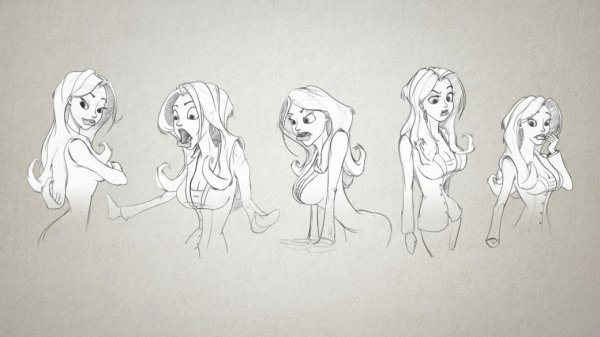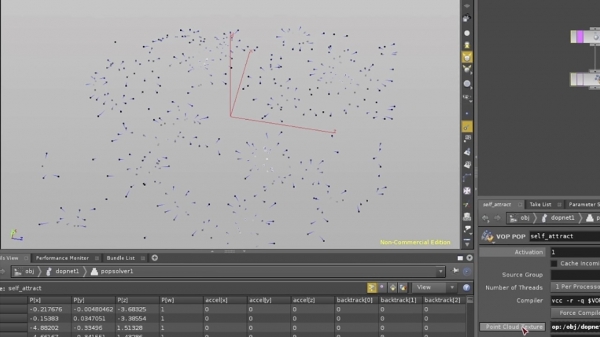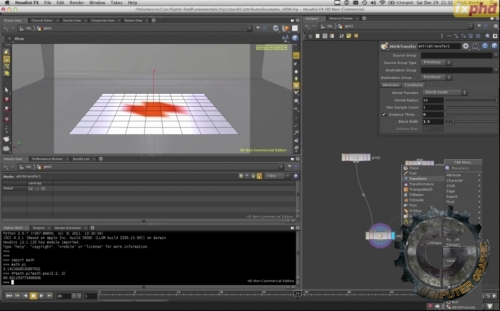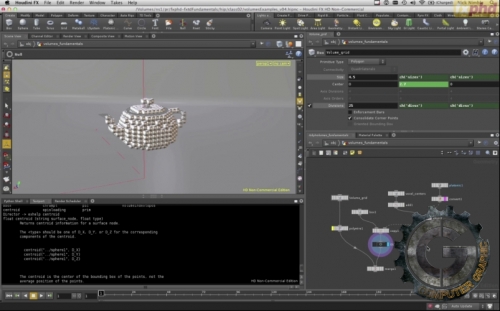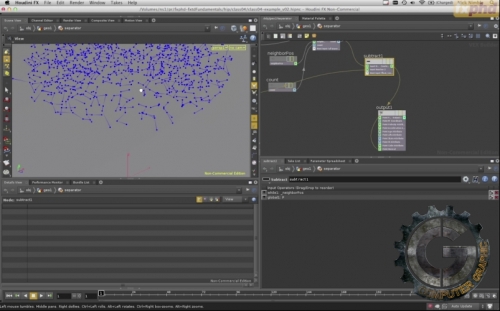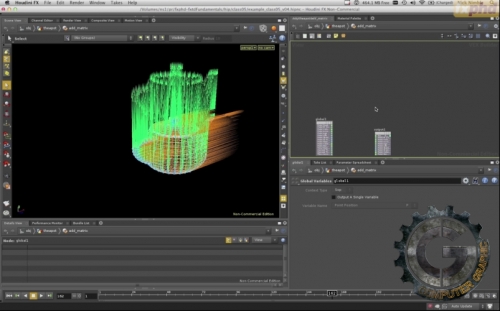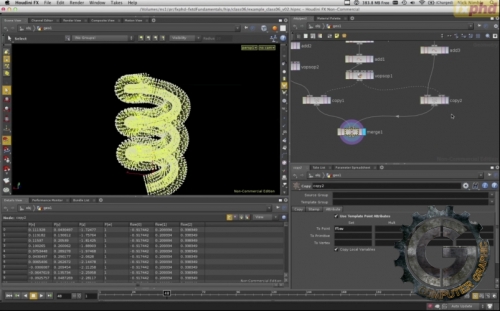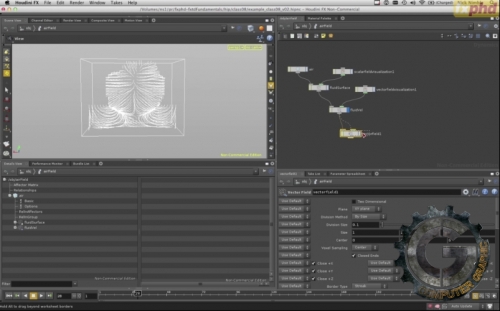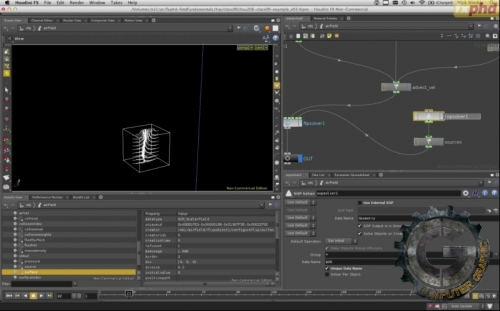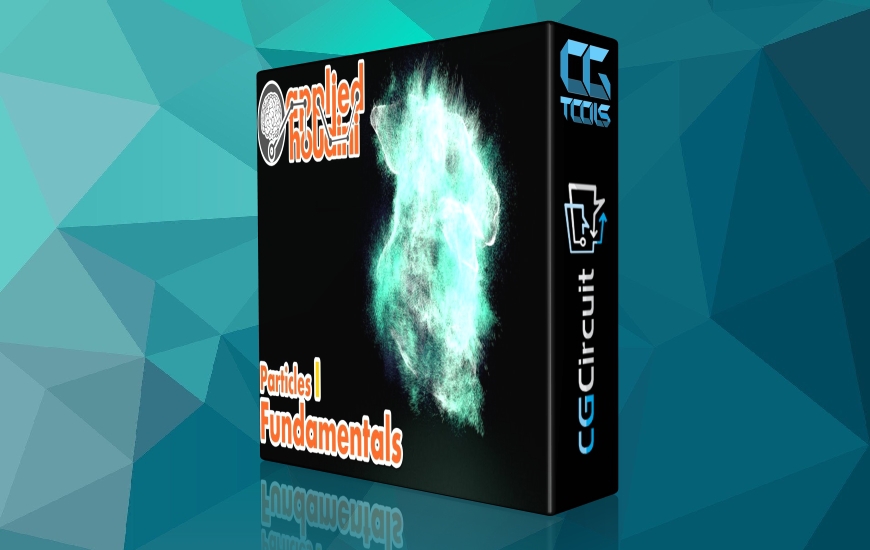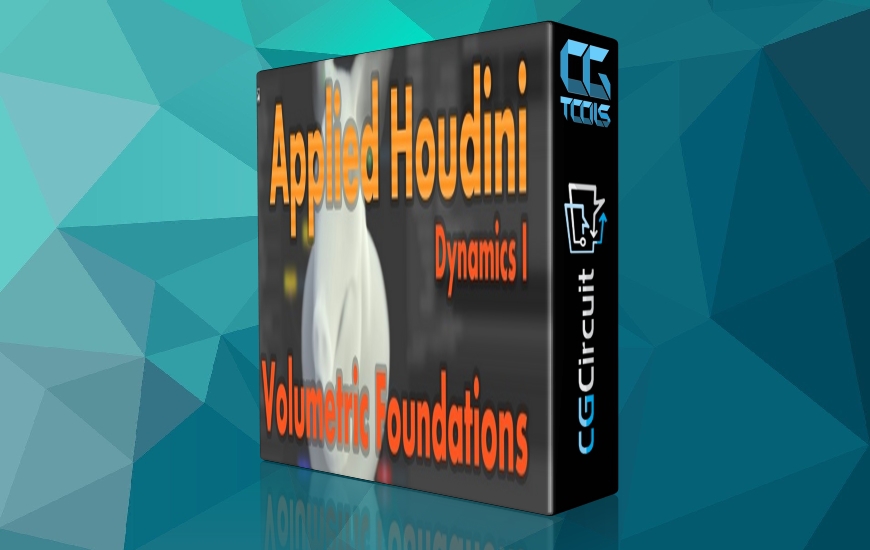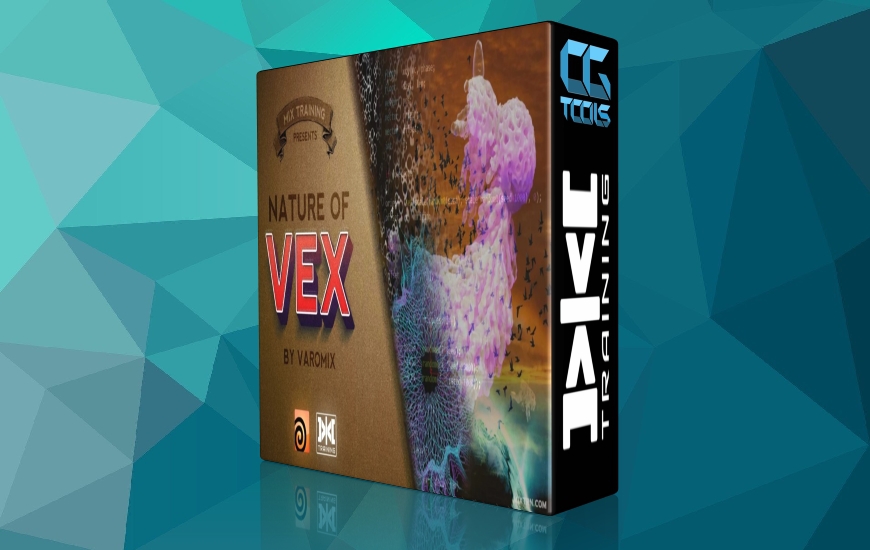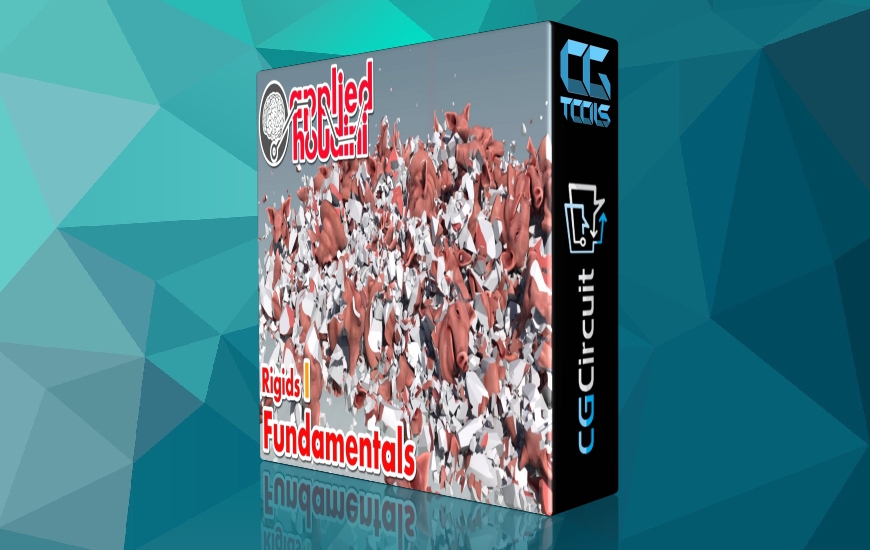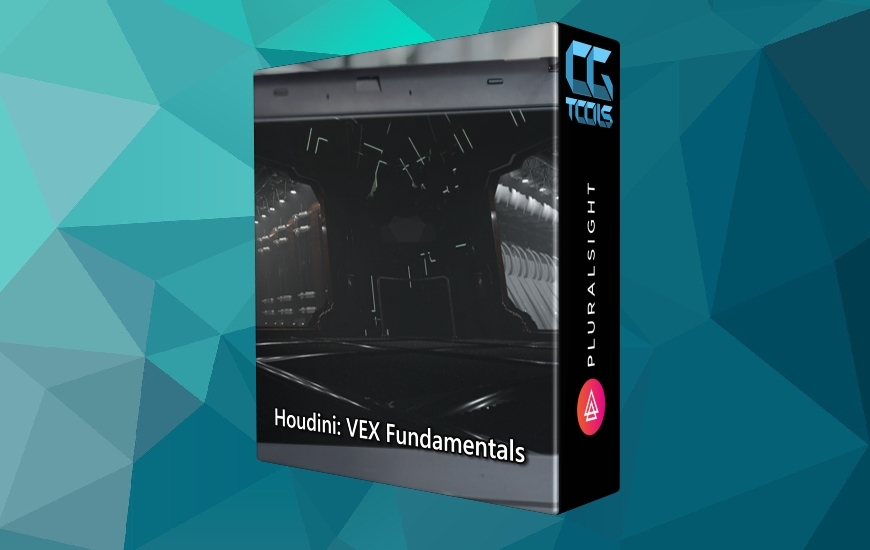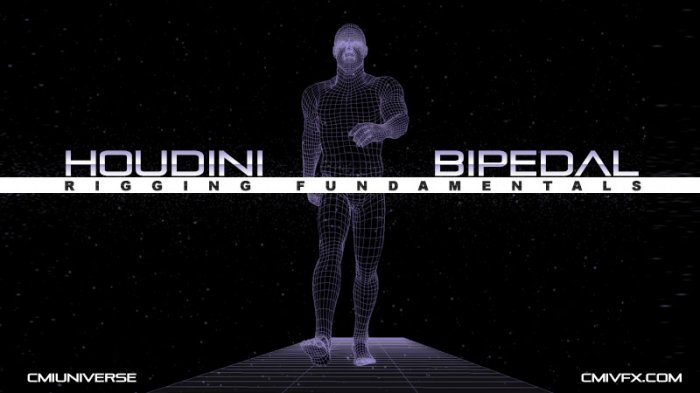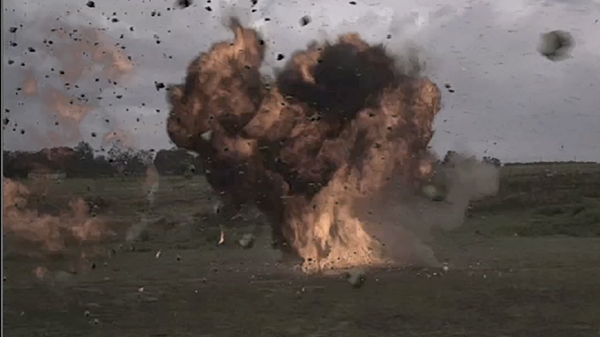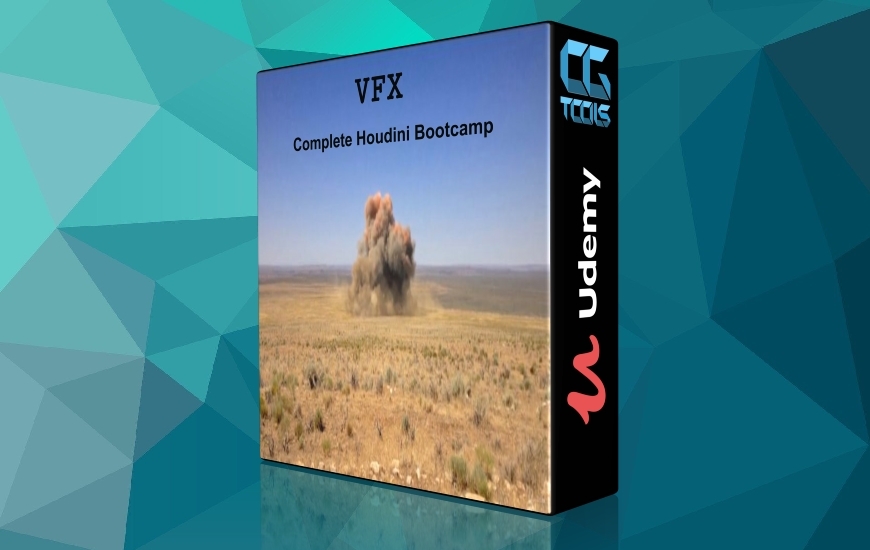این پست بنا به درخواست ثبت شده توسط 9300 در سایت قرار داده شده است.
![]()
FXPHD - HOU206 - Houdini FX TD Fundamentals
Size : 4.67 GB | Project Files : Included | Software Used : Houdini
سلام
بسیاری از آموزشهای VFX و دوره های آموزشی جلوه های ویژه، یک موضوع خاص به طور مثال "چگونگی ایجاد یک آبشار" را دنبال میکنند. در حالی که چیزی که مفید است نیاز به دوره هایی میباشد که اصول اساسی را تدریس کند.
به جای یادگیری ترفندها، هنرمندان باید دستاوردهای یک مهارت را بیاموزند تا بتوانند به سادگی راه حل های خود را داشته باشند. این میتواند به آنها در چگونگی حل مشکلاتشان در طول راه کمک کند. در این دوره Nick Nimble شما را با هدف ساخت یک درک اساسی از اصول اصلی هودینی به جهت احساس راحتی برای حل مشکلات موجود آشنا میسازد.
مشاهده توضیحاتــ انگلیسی
Many VFX tutorials and courses teach a specific topic.."How to create a waterfall", for instance. While these are helpful, there is also a need for courses that teach fundamental principles. Instead of learning a 'trick', the course member gains a skill to craft their own solutions. This is especially true for TD's even more, likely spending 70% or 80% of their time solving problems instead of mimicking the steps of a "how to" tutorial.Enter this course. It aims to build a fundamental understanding of the core principals of Houdini; the areas every FX TD has to feel comfortable with to solve the problems found in his day to day production work. This is where VOP's and expressions play a very important role. We will gain a fundamental understanding of DOP's and finish of the term with a look at a commercial project recently finished. The course is aimed at wrists who have done a course in Houdini previously and feel comfortable in the app but would like to get to the next level to kick start their FX TD career.
course syllabus
Class 1: Attributes: One of the core elements of Houdini. You will get a deep understanding of attributes, variables, mappings and expressions.
Class 2: Volumes: What is a volume and how can volumes help an FX TD in his day to day work. We'll discuss the various volume types and create systems that visualize how the various volume types are constructed.
Class 3: In the first of a two part miniseries we are going to dig a bit deeper into VOP's. We will discuss the concepts of VOP subnetworks, if node, point cloud lookup and the for each SOP. Building up to building point separator.
Class 4: We continue where we left of and build the actual point separator, are you ready to get your brain fried?
Class 5: We are going to look at the use of matrices in VOP's. We'll transform and align a randomly positioned and rotated object on the origin, apply some operation to it and move it back where it came from.
Class 6: We'll learn how to build a flow (del) field from a curve in SOP's and advect particles with it in POP's. We use the advectByVolumes POP for that. Next we'll reconstruct the advectByVolumes POP by using a VOPPOP.
Class 7: We'll dive into the world of DOP's and get familiar with microsolvers. We'll take a conventional FLIP setup and add the ability of mixing colors.
Class 8: Part 1 in a series where we build a custom spray solver in DOP's. This solver is driven by a cached FLIP simulation.
Class 9: Part 2 in a series where we build a spray solver in DOP's. We'll incorporate a FLIP solver and complete the setup.
Class 10: We look at particles in DOP's and point cloud lookups.




